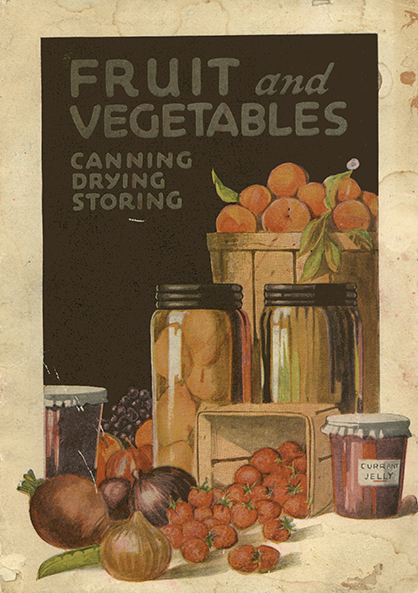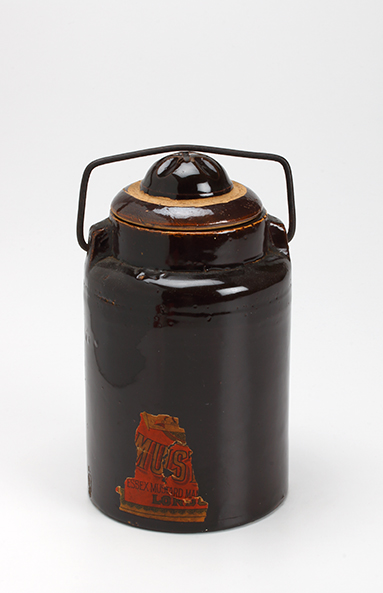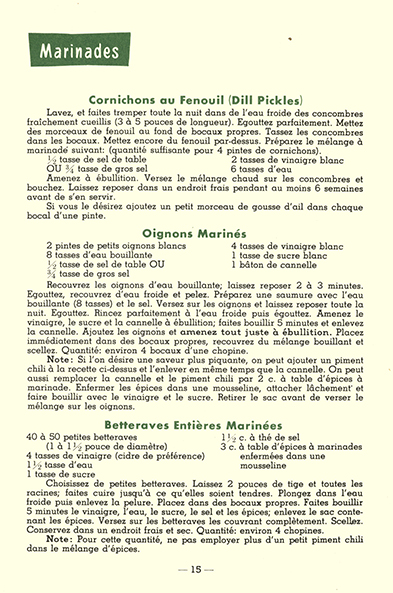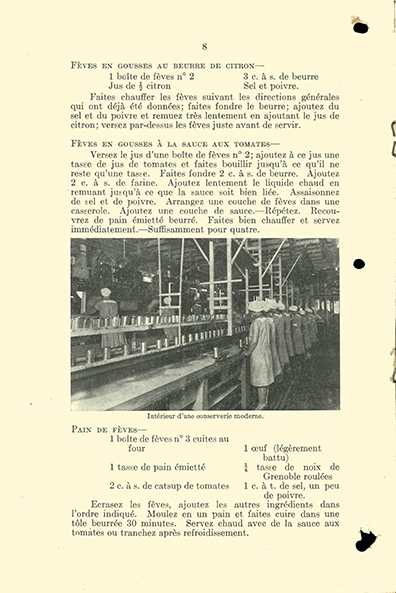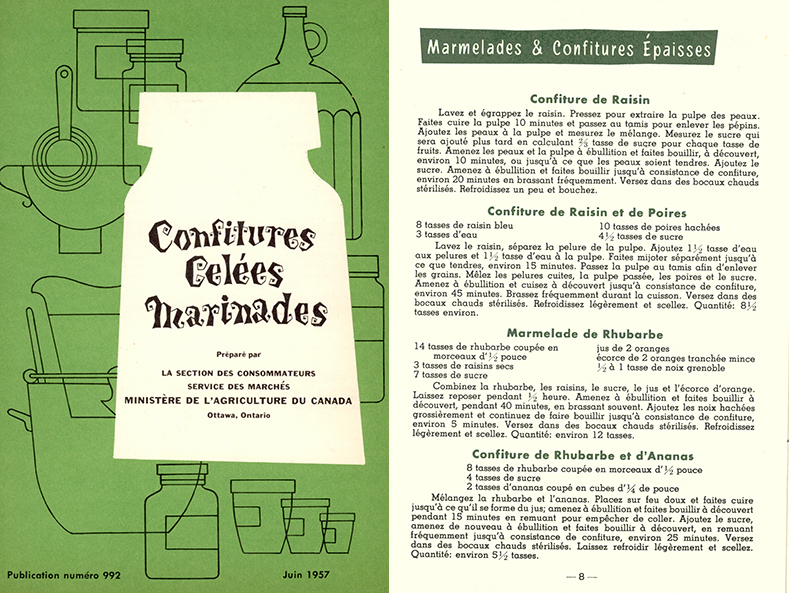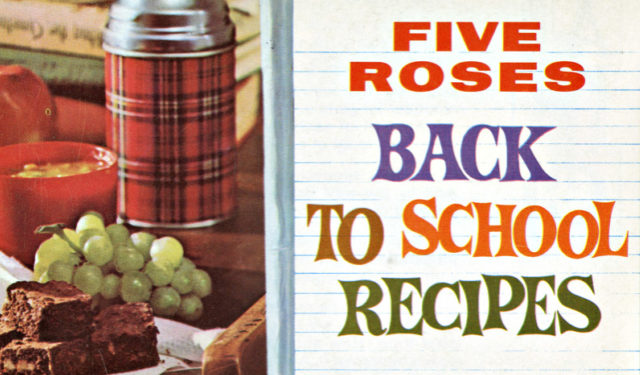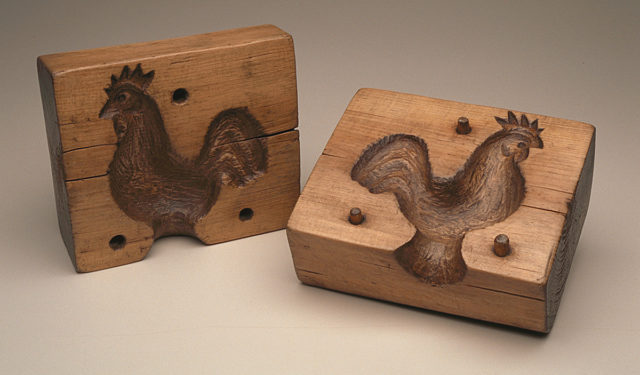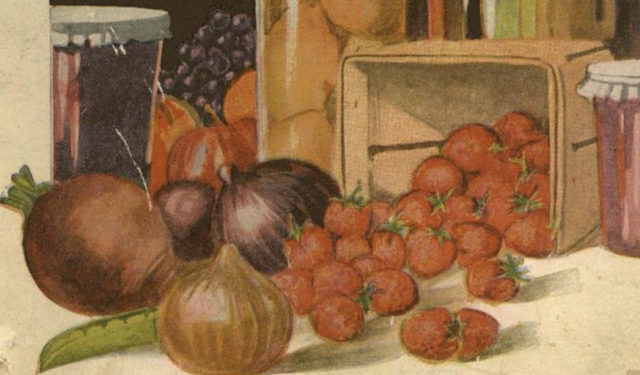Saving the summer harvest: Pickling and preserving
The Museum's culinary archives contain not only recipes, but also a treasure trove of information on traditional preservation techniques!
September 19, 2022
Winter is the time to savour what we have carefully put away the rest of the year. In Quebec, where the cold season lasts more than one-third of the year, preserving food is a time-honoured skill. Though it would be practically impossible to list all the foods that can be preserved, let’s take a look at some of the possibilities!
PRESERVING SUMMER VEGETABLES FOR WINTER MEALS
While First Nations relied primarily on drying and curing, French colonists introduced their food preservation techniques in the 17th century. Since sterilization techniques had not yet been developed, sugar, salt, vinegar and alcohol were used to preserve food.
The Museum’s archival Recipes and Food Collection includes a few gems that explain this invaluable, age-old expertise, with some recipes dating back to the mid-18th century! One of my personal favourites is salted herbs. Herbs and vegetables set aside during the growing season are chopped into small pieces, put in an earthenware jar and then covered with coarse salt. This not only preserves them, it also creates the perfect condiment for soups and stews.
PUTTING VINEGAR TO GOOD USE
Vinegar has been a cooking staple since ancient times and can be used to pickle vegetables like beets, onions, cucumbers and other garden delicacies.
By the late 18th century, housewives were blanching and preserving a variety of fruits and vegetables to make pickles, ketchups and chutneys to complement the flavour of meats. To this day, “cornichons” hold pride of place on many Quebec holiday tables!
THE CONVENIENCE OF CANS
At the turn of the 19th century, food preservation methods took a giant leap forward when Frenchman Nicolas Appert developed and perfected the technique of using heat to sterilize food in glass jars, meaning it could last even longer when properly preserved. Soon after, tin cans emerged as a better option, as they were less fragile and easier to transport than glass jars.
The food industry of course took advantage of this new technology, flooding the market with glass containers and tin cans containing fish, meat, fruit and vegetables, including baked beans, a traditional favourite of Quebecers. The wide availability of canned foods enabled housewives to save a lot of valuable time in the kitchen. The Museum’s archival Recipes and Food Collection also contains numerous recipes for preparing these tinned foods in an appetizing and nutritious manner.
REDISCOVERING THE ART OF PRESERVES
Abandoned during periods of food abundance, the practice of canning tends to reappear when resources are scarcer and more expensive. In the past 10 years, Quebecers have expressed an urge to reconnect with this culinary heritage that saves money and allays concerns over what goes into processed foods. In addition, it enables people to eat locally.
Why not consult these cookbooks and recipe booklets of yesteryear for some help in making your own preserves? This grape and pear jam, for example, looks delicious! Happy canning!

